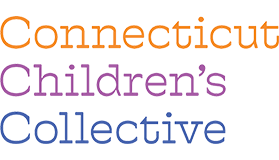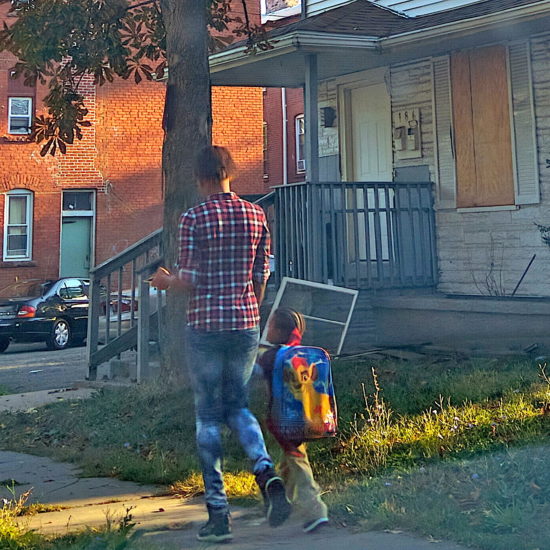School Reopening: Lessons Learned
In the recently published article found in the Center for American Progress, Remote Learning and School Reopenings: What Worked and What Didn’t, Megan Ferren writes,
“When schools closed their doors in March 2020 in response to the COVID-19 pandemic, there was a scramble to adjust to remote learning. Classes went online, school meal distribution became grab-and-go, and extracurricular activities and services were paused. Over the summer and into the fall, the debate over reopening took center stage, as school leaders struggled to answer how and when it would be safe to return to the classroom.
The Center for American Progress has been tracking key trends during remote learning and school reopening efforts across the United States. CAP has also applied a racial equity lens to understand how different communities, educators, and students have been affected by these trends. Throughout the past year, states, school districts, and schools across the country have taken vastly different approaches to education. As districts and schools plan for the upcoming school year and life after the pandemic, these trends can help inform best practices to apply and pitfalls to avoid. It is important to note that because most decisions around responding to the pandemic and reopening schools were left to districts and schools, national, and even state-level, data are limited. As such, looking at trends and individual examples is one of the most effective ways to understand what has been happening in education during the past year.”
The five trends that the article focused on were: school reopenings, the digital divide, student resources in academics, school meals, and extracurriculars, community engagement and activism, and educators. To read the full article click here.





